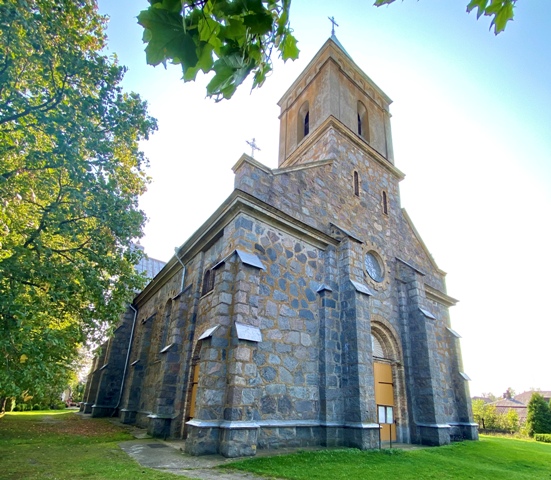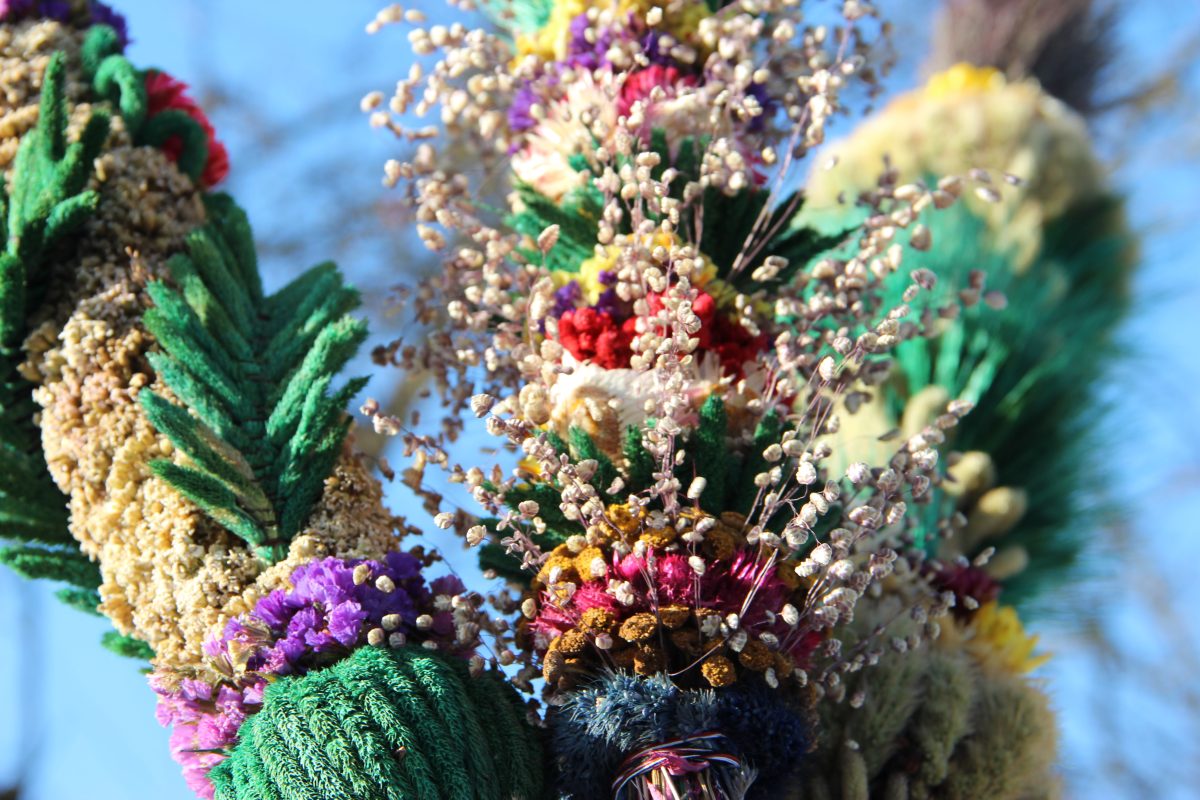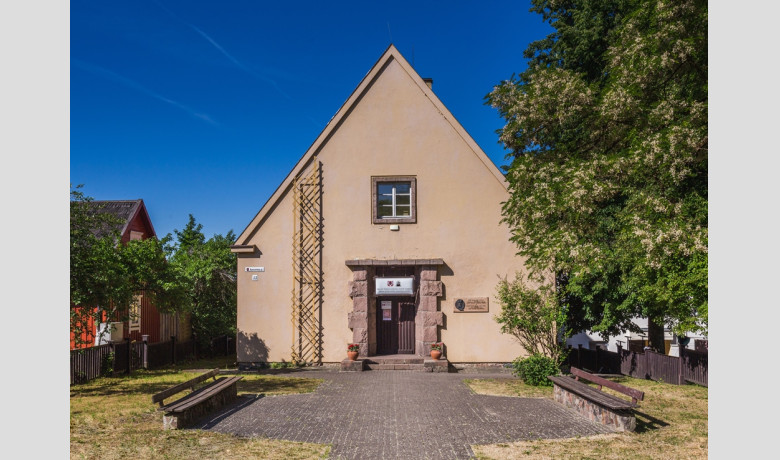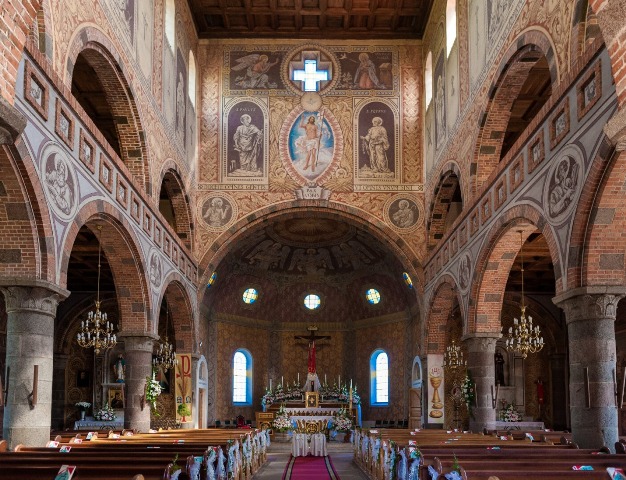Lentvaris Lord's Revelation to the Virgin Mary Church

186

2

0
5 out of 5
(1 reviews)
Lentvaris, situated halfway between Vilnius and Trakai, is renowned for its unique nature, a man-made lake peninsula with a castle resembling an English palace, and the stunning, massive, red-brick Lord's Revelation to the Virgin Mary Church of rare Neo-Romanesque beauty.
Info
-

Religious Heritage
-
Lentvaris
Lentvaris, situated halfway between Vilnius and Trakai, is renowned for its unique nature, a man-made lake peninsula with a castle resembling an English palace, and the stunning, massive, red-brick Lord's Revelation to the Virgin Mary Church of rare Neo-Romanesque beauty.
The church's construction began under Count Juozas Tiškevičius, who owned the Lentvaris estate in the mid-19th century. It is well-documented that Italian culture and art were particularly close to the nobleman's aesthetic sensibilities. Thus, it's no surprise that the architectural design and inspiration for the church were modeled after the Santa Maria delle Grazie in Milan, existing since the 15th century, and the enigmatic fresco "The Last Supper" by Leonardo da Vinci.
Count Tiškevičius believed that "The Last Supper" was key to understanding the life philosophy of the genius artist. The Lord's Revelation to the Virgin Mary Church stands as a special homage to Leonardo da Vinci.
Particular attention is deserved by the church's decor. The walls, adorned with frescoes and the unique sgraffito technique, are a rarity in Lithuania! Moreover, the decoration took place during the height of World War II, when materials were considered strategic and reserved only for war purposes. According to the Artists' Union archives, at that time, every tube of paint was distributed according to lists.
The Lord's Revelation to the Virgin Mary Church belongs to the Trakai deanery. Holy Masses are held daily in both Lithuanian and Polish. Additionally, on the first Monday of every month, prayers are offered for the deceased in Latin.
Church Construction
In the late 19th century, Count J. Tiškevičius and the residents of Lentvaris repeatedly requested permission from authorities to build a church, as parishioners had to travel at least 10 kilometers to attend services. Unfortunately, these requests were consistently denied. It is not surprising then that when permission was finally granted in 1905, the faithful of Lentvaris constructed a temporary wooden chapel in just ten days to hold Holy Mass temporarily.
Although the construction of the actual church was largely financed by the Tiškevičius family, funds were also collected in various other ways. The Golden Book of Offerings lists donations received from some institutions and private individuals. Money was raised by selling candles, commemorative
postcards depicting the church under construction, and so forth. Even in America, the Catholic Society organized special lotteries, sales, and events to gather necessary funds for the Lentvaris church.
The Lord's Revelation to the Virgin Mary Church was designed in the then-fashionable Neo-Romanesque style on land donated by Countess Tiškevičius. Characteristic of Neo-Romanesque architecture, the Lentvaris church is noted for its solidity, semi-circular arches, and windows.
Choosing to model the church after the one in Milan is understandable, given that the count, avoiding the oppression of the Tsar's regime, lived several years in this Northern Italian city and was fascinated by the church and the famous fresco by Leonardo da Vinci, "The Last Supper," painted in 1497. Juozas Tiškevičius considered the Italian master an ideal of personality and artist!
The red brick basilica-type church was consecrated in 1926, named after the Lord's Revelation to the Virgin Mary, and during the ceremony, a 17th-century crucifix sculpture—a gift from Pope Pius XI—was installed above the main church altar. Interestingly, the count had personally met the pope in Vilnius when he was the nuncio to Warsaw and the apostolic visitor to Eastern European countries during his 1920 visit to Lithuania.
Church Decor
The Lord's Revelation to the Virgin Mary Church is considered one of the grandest and most impressive examples of monumental painting from the first half of the 20th century in Lithuania. The frescoes and sgraffito decorations that convey religious content and symbols cover nearly all the church's walls.
Sgraffito is a unique wall painting technique. Initially, several layers of differently colored plaster are applied, and the design is carved out on the top layer, revealing colors from the underlying layers when the plaster is scraped off. This method results in a durable art piece reminiscent of ancient vases, romantic or Byzantine-era mosaics.
The decision to use sgraffito for Lentvaris church's decor was not accidental. Inspiration was drawn from the Santa Maria delle Grazie Church in Milan, known for its impressive interior decor, and it matched the grand and majestic architecture of the Lord's Revelation to the Virgin Mary Church perfectly. Interestingly, sgraffito technique was only used in one other church in Lithuania—the Perloja Church near Varėna.
Found a mistake?
Report
Whats new?
Nearby attractions
Nearest museums
Nearest entertainment
Nearest food establishments translate this into LT

 Entertainment
Entertainment
 Food establishments
Food establishments





























 54.641608, 25.048529
54.641608, 25.048529
 Get directions
Get directions









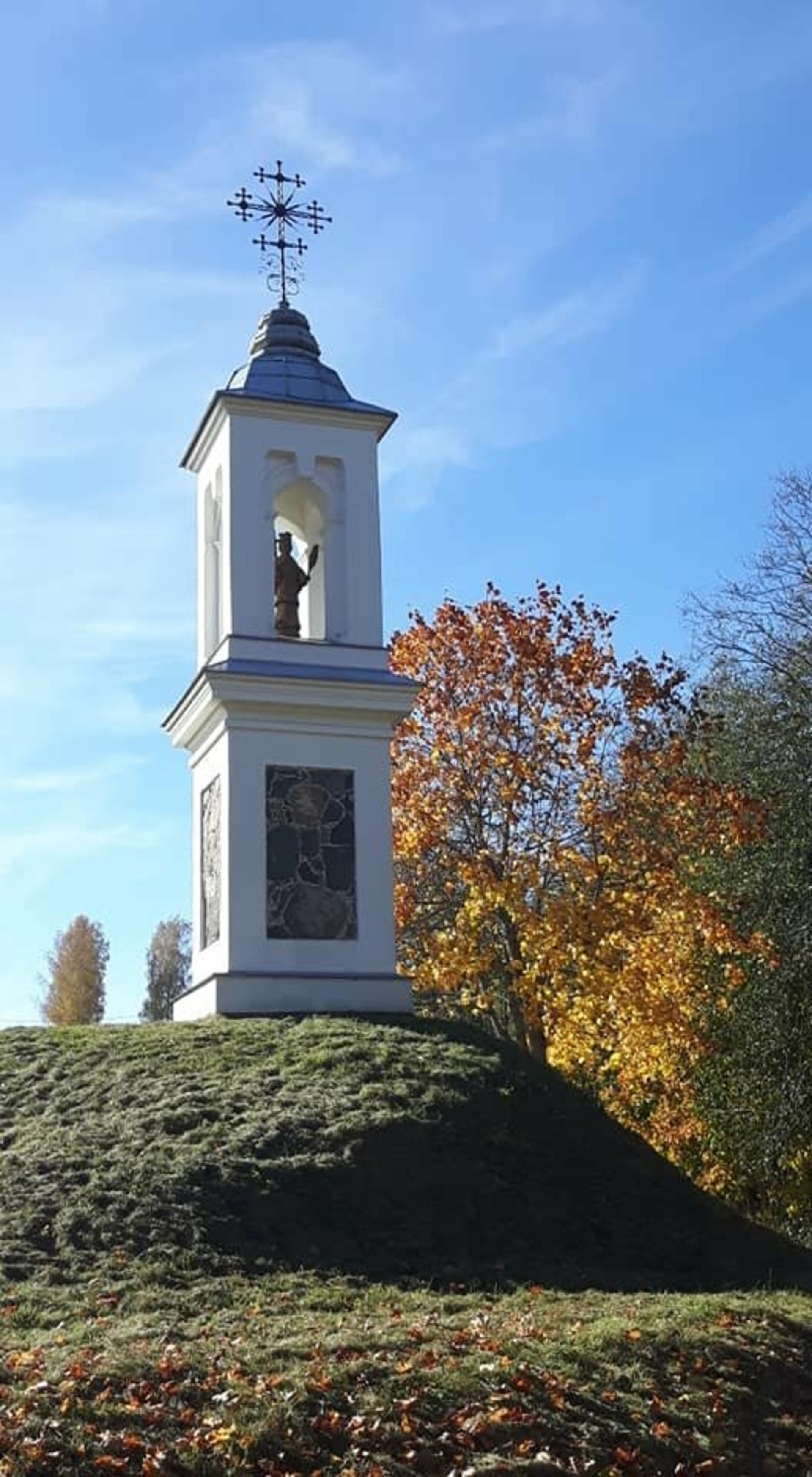
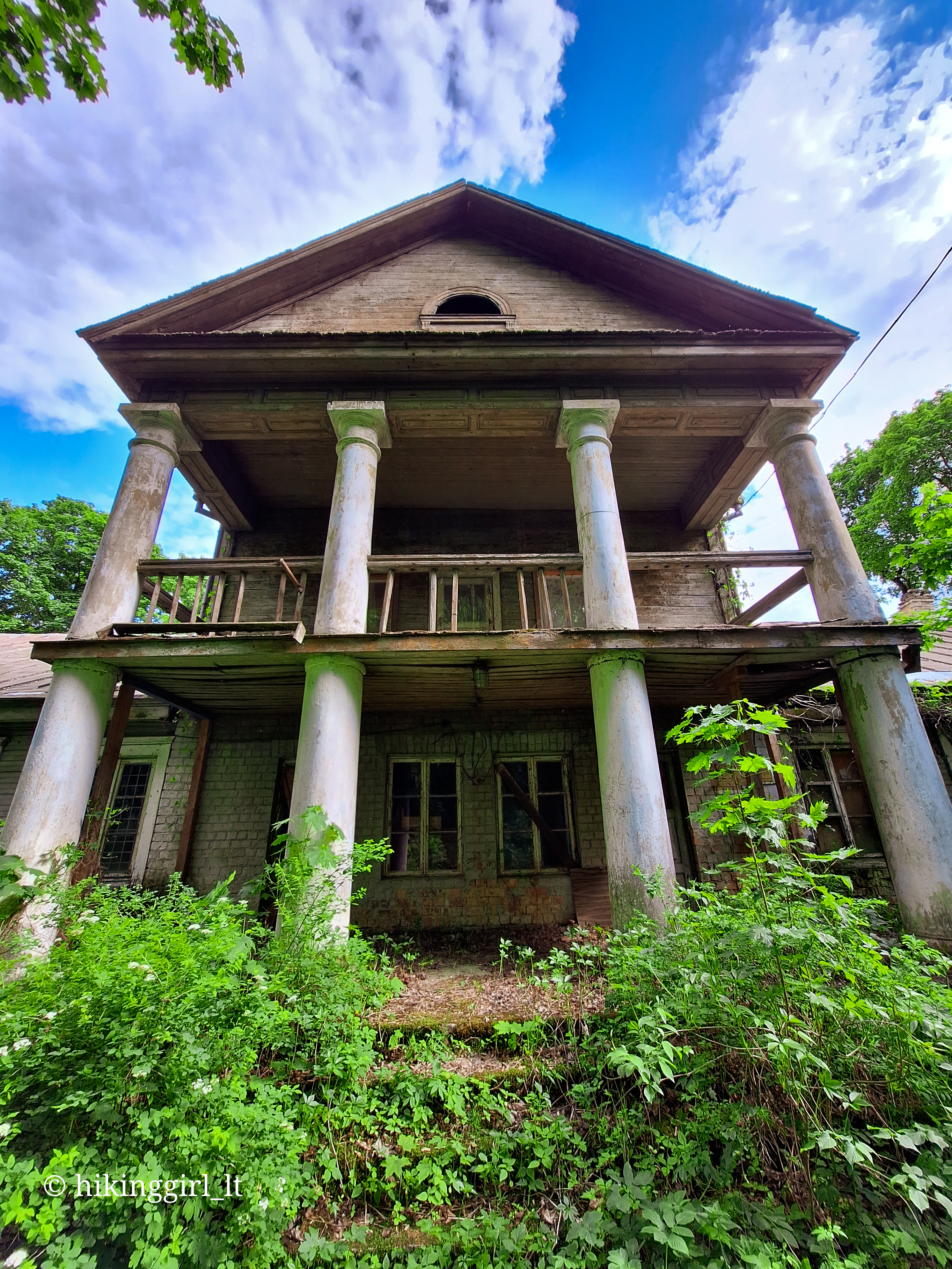

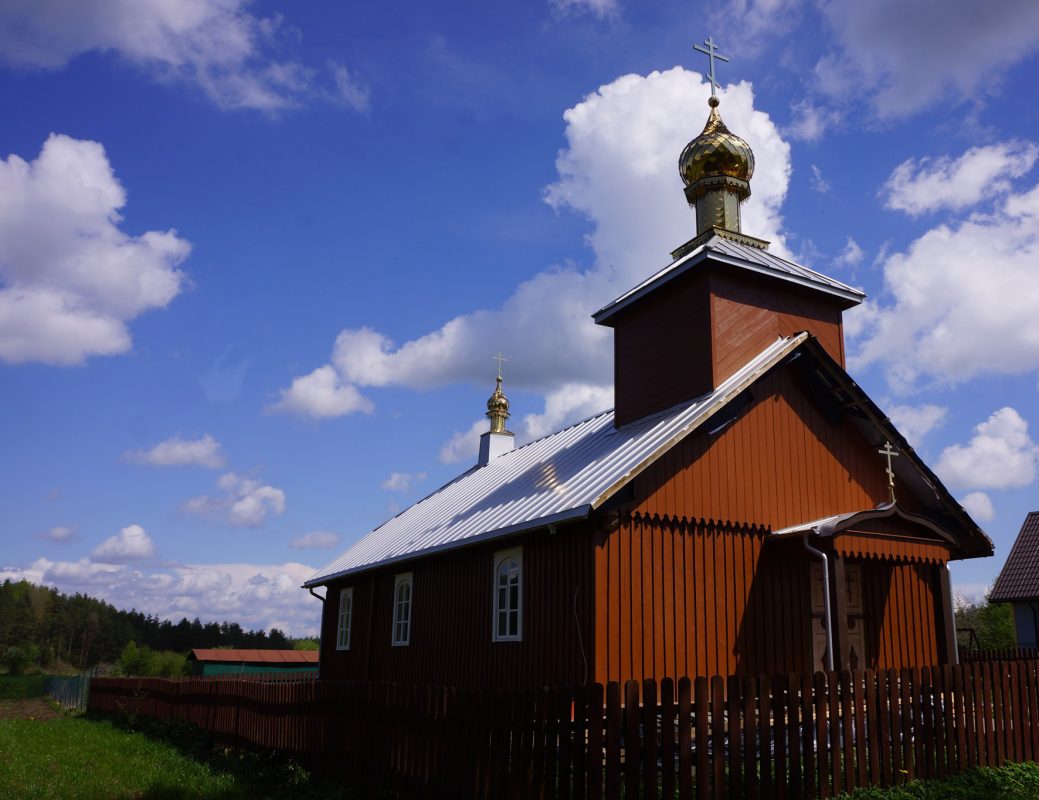


.jpg)
